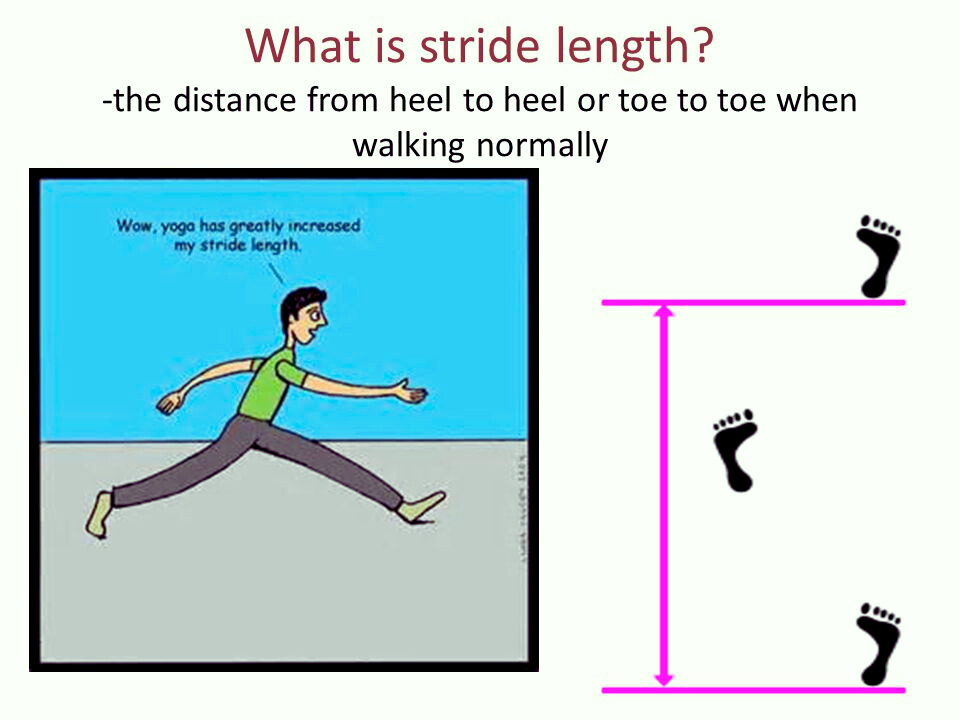In the pursuit of a healthier lifestyle, we often find ourselves pondering the simplest of questions. One such query that frequently arises is, “How many steps are there in 1 km?” One km is typically covered in 1,200 to 1,500 steps when walking, and 900 to 1250 steps might be required when running.
Understanding Your Stride Length

The number of steps in a kilometer significantly depends on an individual’s stride length. Stride length refers to the distance covered in one step, from the heel strike of one foot to the heel strike of the same foot again. This length varies from person to person, influenced by factors like height, leg length, and walking style.
Factors Influencing Stride Length
- Height and Leg Length
- Age and Fitness Level
- Walking Speed
Calculating Steps in 1 km
To calculate the number of steps in 1 kilometer, a simple formula can be used:
Number of Steps = 1000 meters / Stride Length in meters
This formula emphasizes the direct relationship between stride length and the number of steps required to cover a specific distance.
Different Stride Lengths and Step Counts
1. Short Stride Length
- Individuals with shorter strides will require more steps to cover 1 kilometer.
2. Average Stride Length
- The average adult’s stride length is approximately 0.71 meters.
3. Long Stride Length
- Individuals with longer strides will cover 1 kilometer in fewer steps.
Fitness Goals and Step Counts

For fitness enthusiasts, tracking steps is a common practice, especially in activities like walking and running. Understanding the step count in a kilometer can help set realistic fitness goals.
Weight Management
1. Burning Calories
- Walking a certain number of steps can help in burning a specific amount of calories.
2. Weight Loss Targets
- Setting daily step goals can aid in achieving weight loss milestones.
Cardiovascular Health
1. Aerobic Exercise
- Walking or running specific step counts can ensure adequate aerobic exercise.
2. Heart Health
- Regular walking with a calculated step count contributes to a healthy heart.
Conclusion
In essence, the number of steps in 1 kilometer varies greatly from person to person. It is a personalized metric that depends on an individual’s unique stride length. By understanding your own stride length and the mathematics behind step counting, you can better align your fitness goals and achieve a healthier lifestyle.
Read also: 1 Year How Many Weeks? Demystifying Time’s Equation!
To measure your stride length, walk a known distance, like 100 meters, and count your steps. Divide the distance by the number of steps to get your average stride length.
Yes, walking at a faster pace increases your stride length, reducing the number of steps needed to cover 1 kilometer.
There’s no one-size-fits-all answer. A natural stride that feels comfortable and allows for efficient movement is often considered ideal.
Yes, as people age, their stride length may naturally shorten due to factors like muscle strength and joint flexibility.
Regular stretching exercises and maintaining overall fitness can contribute to improved muscle flexibility and strength, potentially leading to a longer stride.




